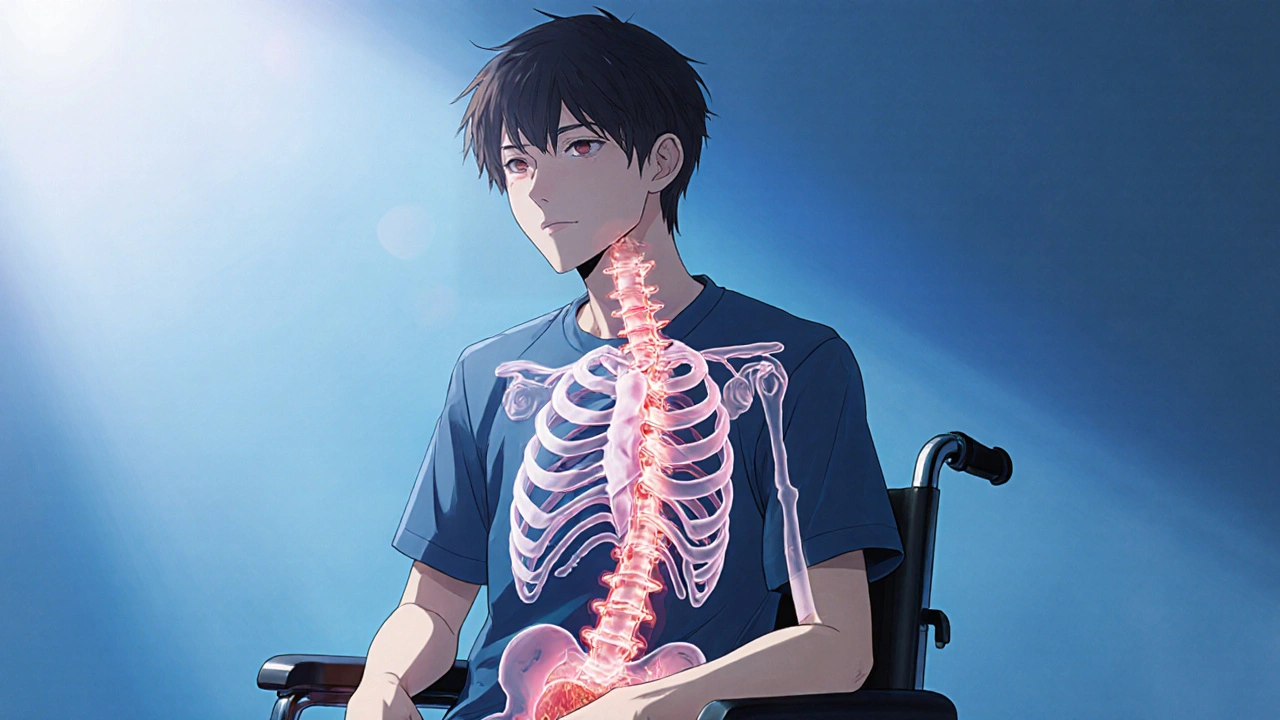Learn how spinal cord injuries trigger overactive bladder, spot key symptoms, get proper diagnosis, and explore medication, catheter, and surgical options for effective management.
MoreNeurogenic Bladder: Causes, Symptoms, and Management
When dealing with neurogenic bladder, a loss of bladder control caused by damage to the nerves that regulate urinary function. Also known as neurogenic urinary dysfunction, it often brings urgency, retention, or involuntary leaks. The condition is tightly linked to spinal cord injury, any trauma or disease that interferes with nerve signals from the brain to the bladder and can be aggravated by diabetes mellitus, chronic high blood sugar that gradually damages peripheral nerves. Many people with neurogenic bladder also develop overactive bladder, a symptom cluster of frequent urgency and nighttime trips, which adds to the daily challenge of staying dry.
Key Factors and Treatment Options
Understanding how these entities interact helps you choose the right approach. If a spinal cord injury is the root cause, physical therapy combined with intermittent catheterization often restores a manageable routine. For diabetes‑related nerve damage, tight glucose control can slow progression and reduce bladder episodes. When overactive bladder symptoms dominate, anticholinergic drugs or beta‑3 agonists may calm the detrusor muscle, while bladder training builds tolerance. Lifestyle tweaks—like reducing caffeine, staying hydrated, and scheduling bathroom breaks—support every treatment plan. Neurogenic bladder isn’t a one‑size‑fits‑all problem; the best outcomes come from pairing medical therapy with personalized self‑care.
Below you’ll find a curated collection of articles that dive deeper into each aspect mentioned here. We cover medication comparisons, links between diabetes and bladder function, practical tips for catheter use, and the latest research on nerve‑targeted therapies. Whether you’re a patient, caregiver, or clinician, the posts provide clear, actionable information to help you manage neurogenic bladder effectively.

